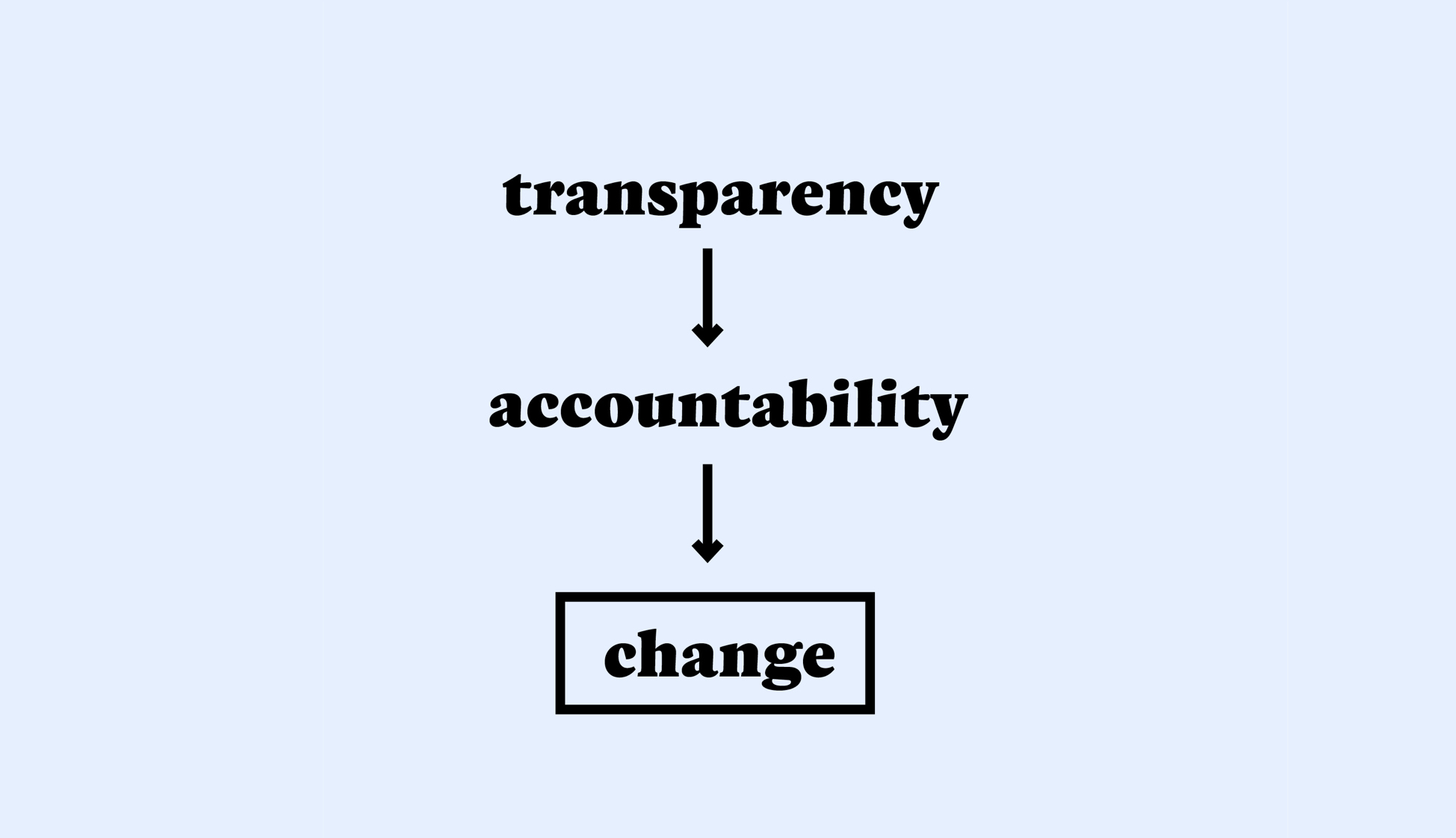A global call for full supply chain transparency in the clothing sector
This open letter is republished with permission from Civil society call for supply chain transparency
Download the Fashion Transparency Index 2021 to find out more

This week, the world remembers the Rana Plaza tragedy. On 24 April 2013 more than a thousand workers lost their lives in what was, in essence, a preventable accident. The accident shook the world and put a spotlight on the unsafe conditions faced by workers in global garment supply chains. The fashion industry responded by promising to do better, committing to transform supply chains to respect human rights and reduce environmental impacts. A number of significant improvement steps have been taken, as the Bangladesh Accord made factories safer and global supply chains became more transparent.
But eight years after Rana Plaza, there is still much to be done. The apparel industry remains plagued by labour abuses in factories, warehouses, textile mills, informal workshops, tanneries, dyehouses, plantations and farms.
Child and forced labour can be found in every stage of production of a piece of clothing. For example, the US Department of Labor 2020 List of Goods Produced by Child and Forced Labour, lists China, India, Nepal, Malaysia, Pakistan, the Philippines, Tajikistan, Thailand, Turkey, Turkmenistan, Uzbekistan, Vietnam, and Zambia among countries that report child or forced labour in the garment and textile sectors, including cotton, leather, and rubber.
Issues such as excessive and involuntary overtime hours, physical and sexual violence, restriction of movement, extremely low wages, wage theft and debt bondage, denial of freedom of association, and unsafe workplaces remain endemic. Covid-19 exposed the power imbalances within the industry, as some retailers abruptly cancelled their contracts with suppliers leaving millions of workers unemployed without severance fee payments, while those who continued production often did so in unsafe circumstances.
Companies have a clear responsibility to look at their supply chain, identify human rights risks and impacts and address them. A lack of visibility of supply chains can allow exploitative, unsafe working conditions and environmental damage to thrive while obscuring who has the responsibility and power to redress these issues. As a first step, brands and retailers need to understand and disclose their own supply chain.
Momentum is building for greater supply chain transparency. Civil society initiatives, including the Transparency Pledge, have called for brands and retailers to map their supply chain and show that they are doing so. Investors are also increasingly calling on companies to know their supply chain.
A growing number of leading brands and retailers are now publicly disclosing a list of manufacturing facilities. Some are moving beyond that and already disclosing spinning mills, wet processes, and some even disclose farms. The UN is set to approve a standard on traceability in the textile sector that provides a blueprint for company action. And with legislation mandating human rights and environmental due diligence on the horizon, companies may soon be faced with a legal obligation of supply chain disclosure.
Increased transparency will enable workers’ rights advocates to identify, report and redress suspected abuses and to do so potentially in collaboration with the brands and retailers sourcing from those facilities. This visibility deeper into the garment supply chain is useful for brands and retailers too as it helps them to better track and manage social, environmental and governance/corruption risks that may affect their business. It will equally help to transition the sector to circularity.
The time for full supply chain transparency is now. As civil society organisations, we call upon all clothing brands and retailers to disclose all the facilities in their supply chain. We welcome the steps taken by those companies who are already disclosing part of their supply chain and encourage them to accelerate their progress towards full transparency. This includes aligning published supplier lists with the Open Data Standard for the Apparel Sector. We ask regulators to provide for a level playing field, by setting harmonised legislation for such public disclosure and to ensure every clothing brand commits to the same level of transparency.
Signatories:
Anti-Slavery International
Arisa
Asia Floor Wage Alliance
Changing Markets Foundation
Clean Clothes Campaign
Comitato Lady Lawyer Village
Corporate Accountability Lab
Environmental Coalition on Standards (ECOS)
European Coalition for Corporate Justice (ECCJ)
European Environmental Bureau (EEB)
Fair Trade Advocacy Office
Fairtrade International
Fashion Revolution
FEMNET
Freedom Fund
Global Labor Justice/International Labor Rights Forum
Human Rights Law Centre
Human Rights Watch
Human Trafficking Search
International Corporate Accountability Roundtable (ICAR)
International Rights Advocates
Justice in Fashion
Oxfam
Project on Organization, Development, Education and Research (PODER)
RREUSE
SOMO
The Human Trafficking Legal Center
Together for Decent Leather
Traidcraft Exchange
WikiRate







